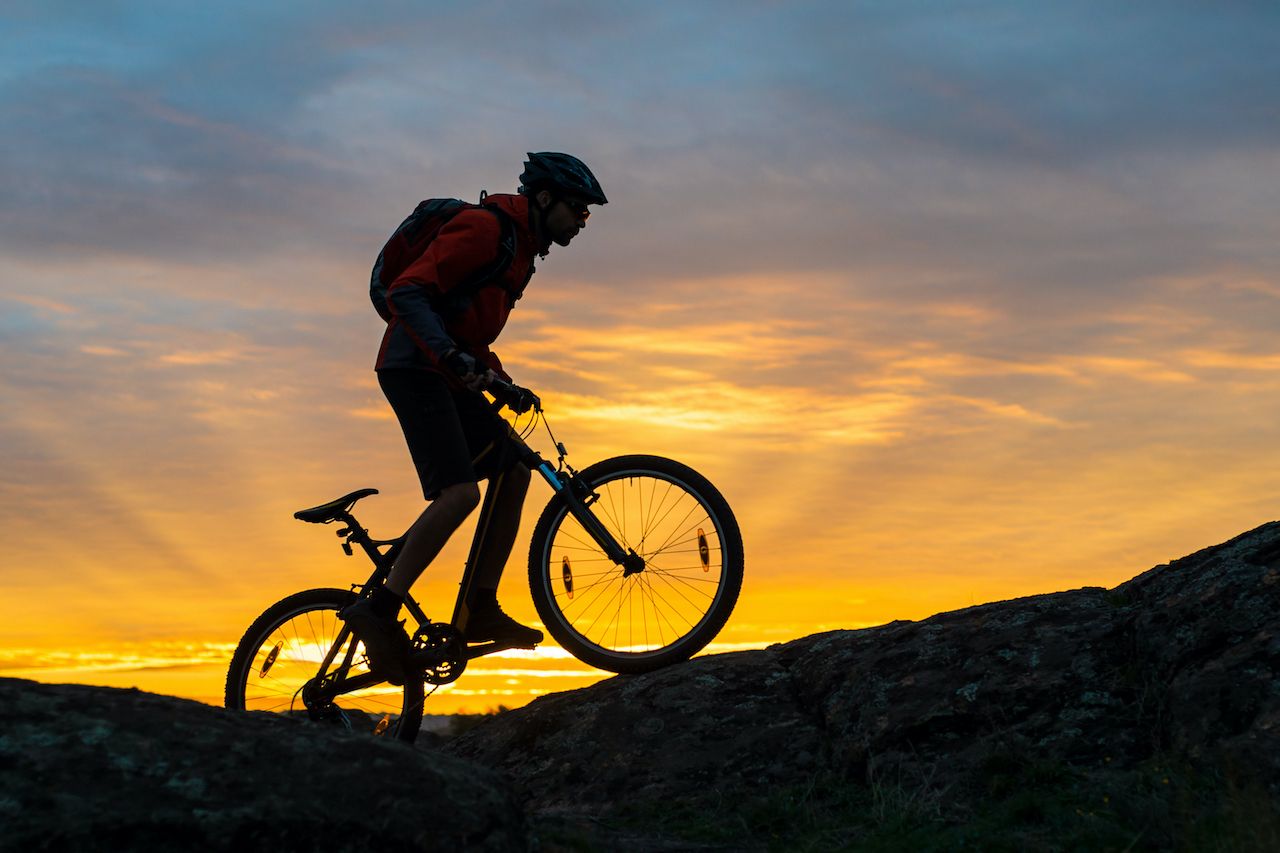“It needed to pass the pub test,” says Andy Van Bergen of his decision to create one of the toughest cycling challenges ever — one that’s been taking the cycling world by storm. The Melbourne-based cyclist continues, “I needed to be able to quickly explain the concept to any person, and they’d understand what it was.”
The challenge Van Bergen created was asking cyclists to find a hill of their choice and ascend it in laps enough times that they’ll end up climbing an astonishing 29,029 feet, or 8,848 meters — the height of Mount Everest. He chose the famed mountain because it’s the biggest on Earth, something that anyone, even a non-cyclist, can understand is really hard. In fact, it’s not a challenge most cyclists can accomplish, let alone do so in the span of available daylight hours.


